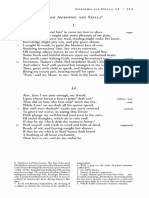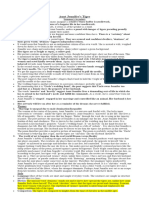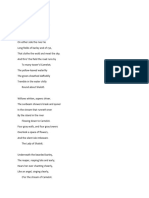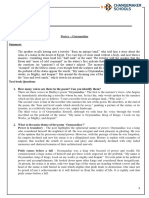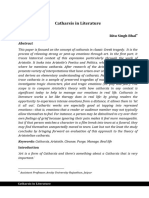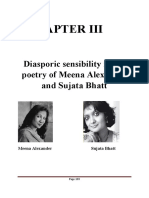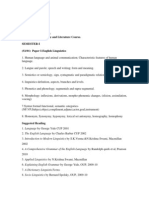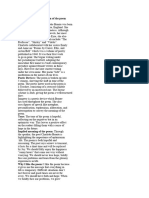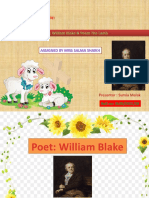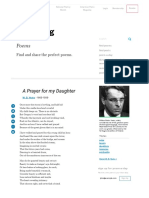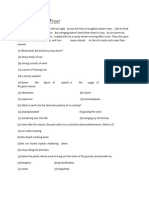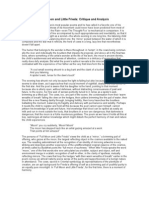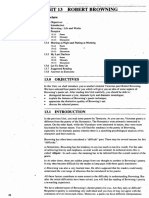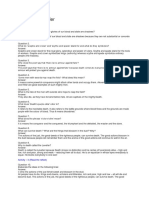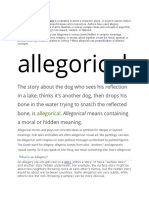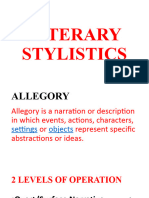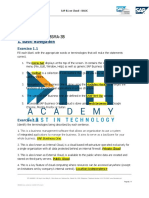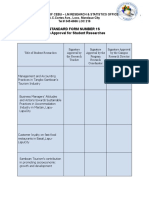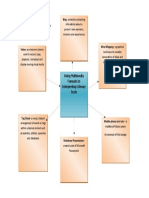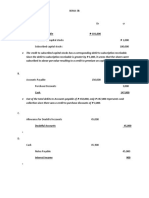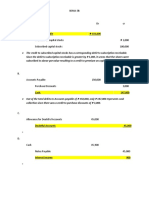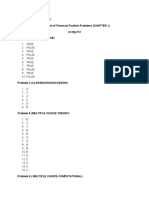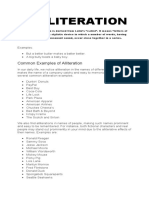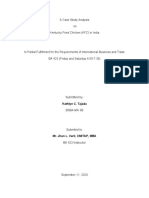0% found this document useful (0 votes)
314 views1 pageAllegory: Figure of Speech Prose Moral
Allegory is a narrative technique where characters and events represent abstract ideas or principles to convey a hidden meaning about human conduct or a moral lesson. An allegory uses symbolism to draw comparisons between characters or events in the story and real-life people and concepts through extended metaphor. Famous examples of allegories include Animal Farm, which uses animals to represent political figures, and The Faerie Queene, where knights symbolize virtues.
Uploaded by
Kathlyn TajadaCopyright
© © All Rights Reserved
We take content rights seriously. If you suspect this is your content, claim it here.
Available Formats
Download as DOCX, PDF, TXT or read online on Scribd
0% found this document useful (0 votes)
314 views1 pageAllegory: Figure of Speech Prose Moral
Allegory is a narrative technique where characters and events represent abstract ideas or principles to convey a hidden meaning about human conduct or a moral lesson. An allegory uses symbolism to draw comparisons between characters or events in the story and real-life people and concepts through extended metaphor. Famous examples of allegories include Animal Farm, which uses animals to represent political figures, and The Faerie Queene, where knights symbolize virtues.
Uploaded by
Kathlyn TajadaCopyright
© © All Rights Reserved
We take content rights seriously. If you suspect this is your content, claim it here.
Available Formats
Download as DOCX, PDF, TXT or read online on Scribd
/ 1









